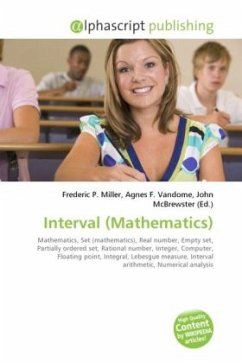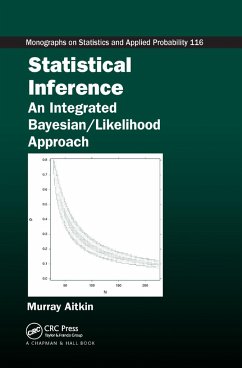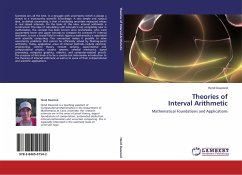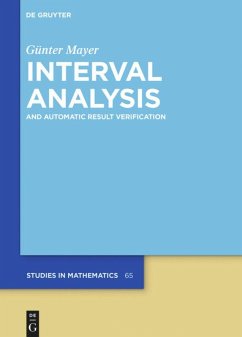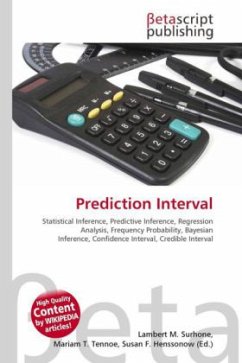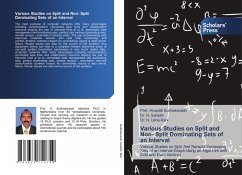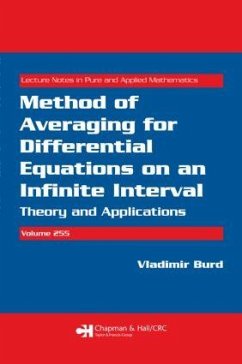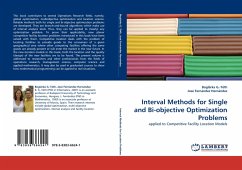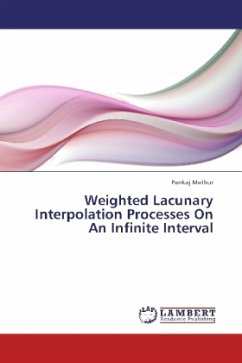
Interval arithmetic
Versandkostenfrei!
Versandfertig in 6-10 Tagen
23,99 €
inkl. MwSt.

PAYBACK Punkte
12 °P sammeln!
Interval arithmetic, interval mathematics, interval analysis, or interval computation, is a method developed by mathematicians since the 1950s and 1960s as an approach to putting bounds on rounding errors in mathematical computation and thus developing numerical methods that yield reliable results. Where classical arithmetic defines operations on individual numbers, interval arithmetic defines a set of operations on intervals: T · S = { x there is some y in T, and some z in S, such that x = y · z }. The basic operations of interval arithmetic are, for two intervals [a, b] and [c, d] that are...
Interval arithmetic, interval mathematics, interval analysis, or interval computation, is a method developed by mathematicians since the 1950s and 1960s as an approach to putting bounds on rounding errors in mathematical computation and thus developing numerical methods that yield reliable results. Where classical arithmetic defines operations on individual numbers, interval arithmetic defines a set of operations on intervals: T · S = { x there is some y in T, and some z in S, such that x = y · z }. The basic operations of interval arithmetic are, for two intervals [a, b] and [c, d] that are subsets of the real line [a,b] + [c,d] = [a + c, b + d], [a,b] [c, d] = [a d, b c], [a,b] × [c,d] = [min (ac, ad, bc, bd), max (ac, ad, bc, bd)], [a,b] / [c,d] = [min (a/c, a/d, b/c, b/d), max (a/c, a/d, b/c, b/d)]. Division by an interval containing zero is not defined under the basic interval arithmetic. The addition and multiplication operations are commutative, associative and sub-distributive: the set X ( Y + Z ) is a subset of XY + XZ.



